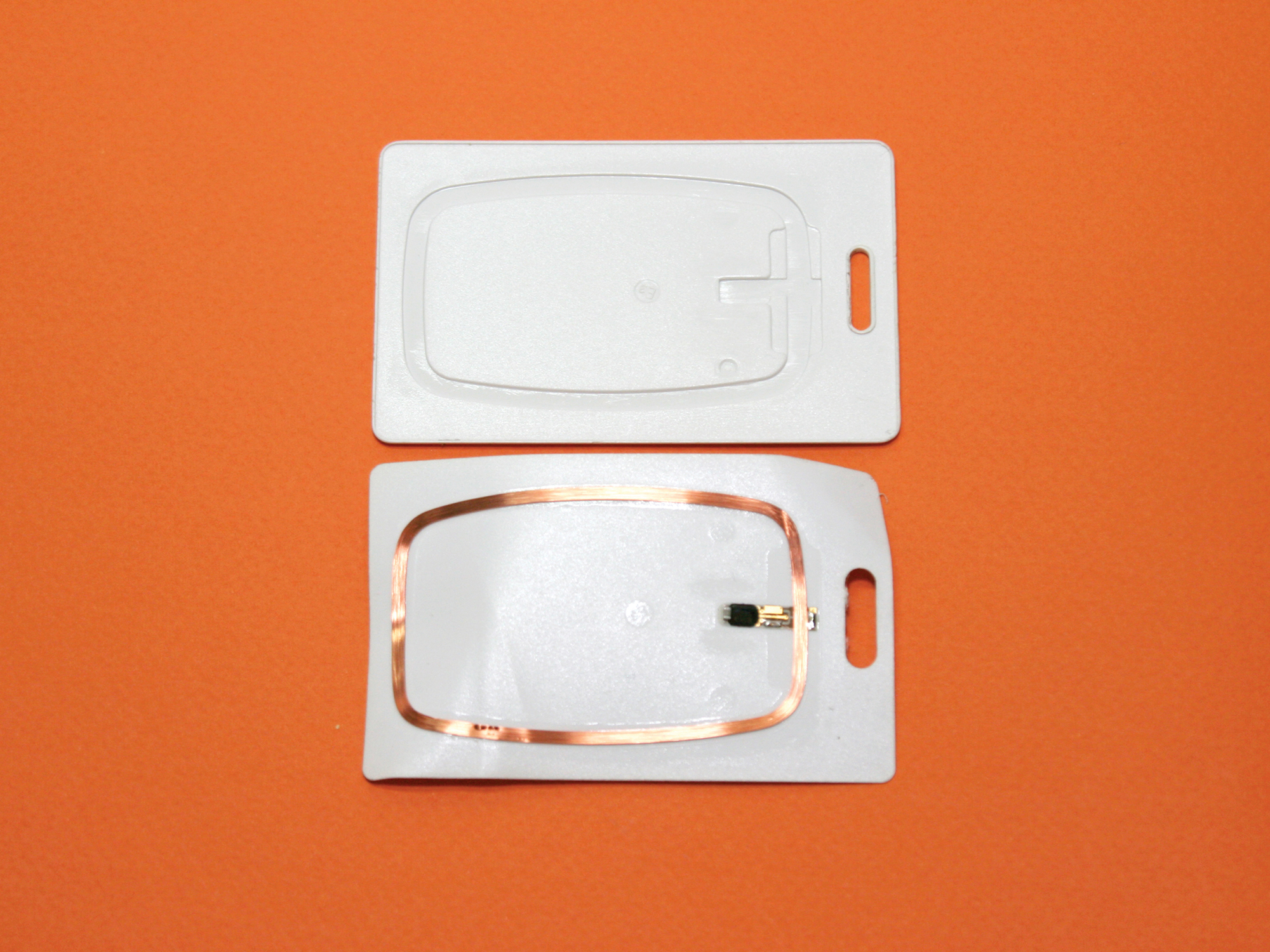There is a lot of misinformation out there about how RFID works. Here’s a typical explanation:
The reading unit (attached to the door) transmits radio energy. The card receives this energy, converts it to electrical energy, and then uses it to transmit its serial number back to the reading unit, which recognizes the card and opens the door.
While this is neat and simple, it’s also wrong. Yes, the card’s coil antenna absorbs the RF energy, and this is used to power the chip, but technically speaking, the card doesn’t transmit anything at all!
Without going into the gory details (look up “load modulation” if you want them), you can better explain RFID with the following analogy:
Let’s say you’re out on a boat, and you want to use a mirror to send information to a lighthouse. You can encode it in a binary format and then transmit one bit each time that the lighthouse beam sweeps by, where reflect means 1 and not reflect means 0.
Security pass cards use the same principle, but instead of one sweep every 10 seconds or so, the reader transmits at 125kHz. The card’s chip communicates its data by selectively shorting out its coil over successive cycles of the 125kHz transmission. A shorted coil doesn’t absorb any of the RF energy, while a non-shorted coil does, so the reader then distinguishes 1 from 0 by measuring the peak voltage on its antenna to see if it’s high or low. In this way, the card communicates its 24-bit serial number, along with synchronizing and checksum data.









